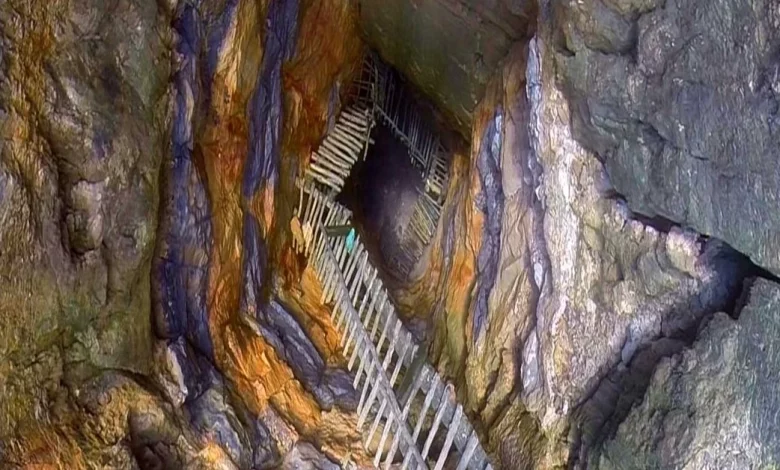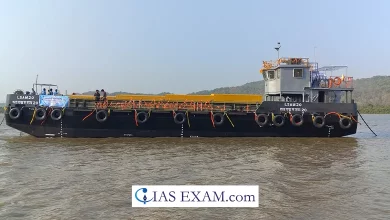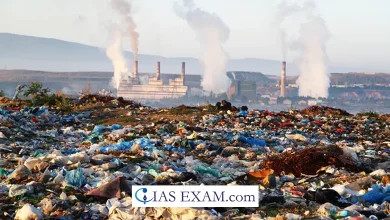
Context- Efforts to free 41 workers trapped in the collapsed Silkyara-Barkot tunnel suffered another major setback when a bolt joint on a machine drilling through the debris broke.
Horizontal auger machine
- A horizontal screw machine is often called a horizontal drilling machine or a directional drilling machine.
- It is a special tool for creating horizontal boreholes or underground tunnels without disturbing the surface.
- It usually consists of a rotating helical screw head, called a bit, attached to a central shaft or drill that passes through the material by rotation.
- These machines are often used in construction, utilities (such as laying pipes or cables), and infrastructure projects.
- Function
- For the machine to work, it is placed at the starting point of drilling, usually on the surface.
- It consists of a drill to which an auger or drill is attached.
- An auger at the front of the machine rotates and cuts through soil, rock or other underground material.
- Hydraulic or mechanical systems use this cycle.
- As the drill bit advances, it removes material from the tunnel and is usually flushed with drilling fluid or mud pumped through the drill string.
- This fluid lubricates the drilling process, cools the cutting head and transports the excavated material back to the surface.
What is rat hole mining?
- About
- This is a common method of mining coal from narrow horizontal seams in Meghalaya.
- The term “rat hole” refers to narrow pits dug into the ground, usually large enough for one person to descend and less for coal.
- After digging the pits, miners descend using ropes or bamboo rafts to reach the coal seams.
- The coal is then mined by hand using primitive tools such as picks, shovels and baskets.
- Types
- There are broadly two types of rat hole mining. .
- In a side cut, narrow tunnels are dug into the slopes of the mountain and workers enter until they find a seam of coal.
- The coal seam in the hills of Meghalaya is very thin, less than 2 meters in most cases.
- Another type of rat hole digging is called box cutting.
- In this type, a rectangular opening 10 to 100 square feet in size is made and a vertical pit 100 to 400 feet deep is dug through it.
- Once the coal seam is found, tunnels the size of rat holes are dug horizontally from which workers can extract coal.
Environmental and safety aspects
- Mines are usually unregulated and lack safety measures such as proper ventilation, structural support or worker safety equipment.
- In addition, the mining process can cause land degradation, deforestation and water pollution.
- This mining method has come under severe criticism due to dangerous working conditions, environmental damage, and many injury and fatal accidents.
- Despite attempts by authorities to regulate or ban such practices, they often continue due to economic factors and the lack of alternative livelihoods for local residents.
When was it banned and why?
- The National Green Tribunal (NGT) banned the practice in 2014 and upheld the ban in 2015.
- The NGT noted, “It is also reported that there are many cases where water has flooded the mining areas during the rainy season due to digging rat holes resulting in the death of many people including workers/employees.”
- The order was related to Meghalaya, where it was still a common method of mining coal.
Syllabus- Indian Express
Practice question:
Q. In the light of various SC judgements shed light on environmental aspect of rat hole mining?





.png)



